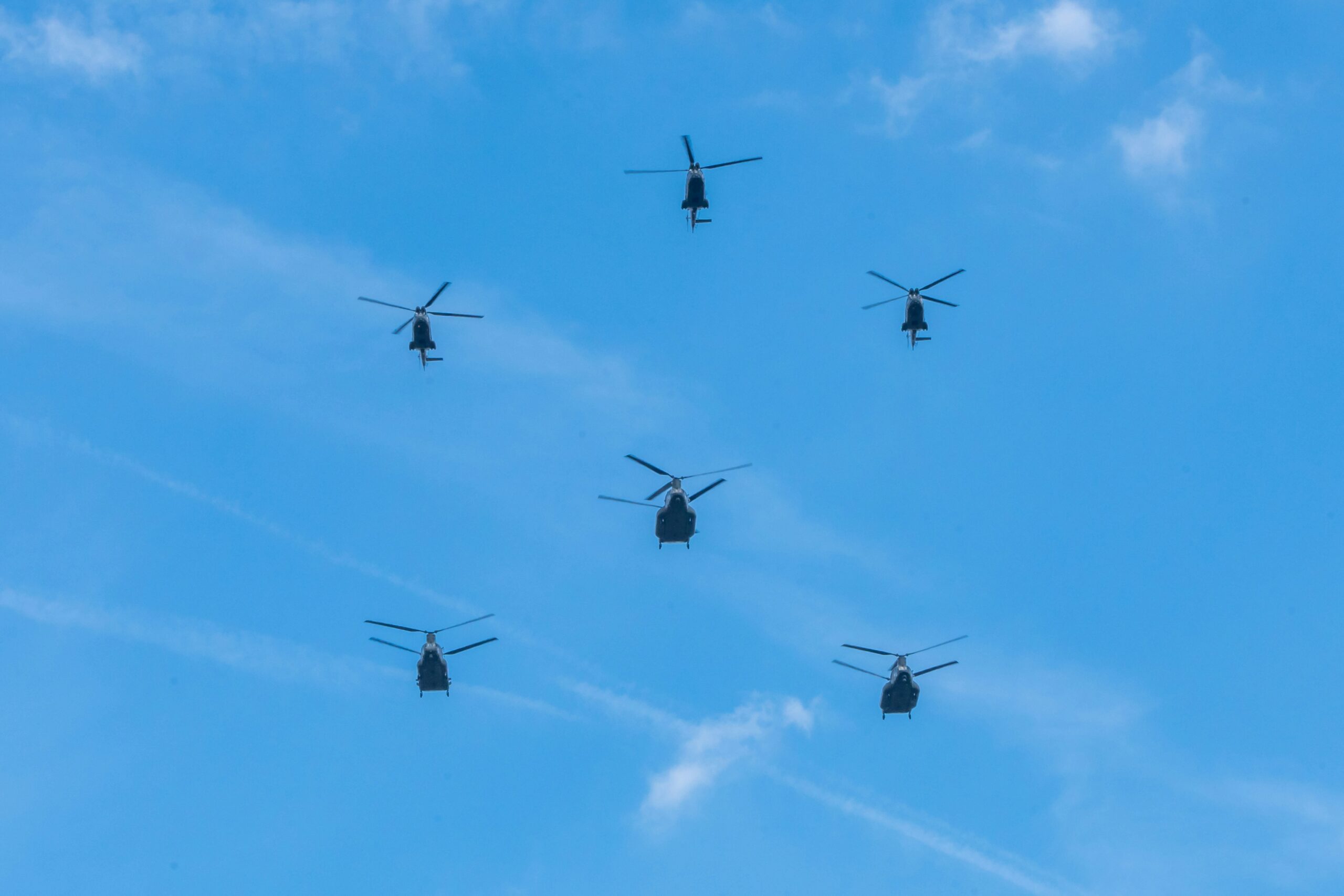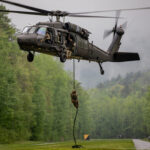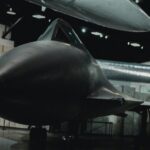Paperwork started in Dec 2016. By Jan 2018, the first pair sat up on Pohang ramp, blades still wrapped. Marine aircrews jumped into cockpit trainers, flipped every switch, read slim, rushed checklists. Instructors kept phrases short so rookies grabbed each step quick. Those early days felt tight, but spirits ran high.
Sudden Crash, Sudden Pause
July 2018 gave a hard punch. One Marineon broke apart after a main-mast flaw, killing five. Shock ricocheted through the ranks. KAI pulled tools, froze builds the same hour. Inspectors stripped gearboxes, searched castings, and spotted a micro-crack that quality teams missed. Replacement parts arrived within weeks yet, the silence on the line stretchd longer. ROKMC brass still backed the program, though jitters showed in every meeting.
Post-Crash Overhaul and KAI’s Role in Engineering Recovery
Auditors rewrote weld specs. Suppliers took on stricter X-ray scans. Techs then ran new masts through 200-hour bench grinds, no mercy. Once each shaft passed, the line kicked to life again. Deliveries climbed back to schedule by early 2020, a touch late but within budget arc.
Why the Marineon Matters
Older ROKMC choppers—UH-1H vets and CH-47Ds—struggle near surf zones. Salt digs into seals, big rotors stir brown-out plumes, cabin space runs tight. The Marineon flips those limits. It carries 9-combat troops or a 2-ton pallet, slips from deck to shore in under six minutes, then folds rotors to fit a small bay.
Korea Aerospace Industries (KAI) News – Quality Revamp and MUH-1 Engineering Push
Nearly 96 percent of hardware matches the Army Surion, saving cost piles. Even so, the Marineon adds ship tricks:
- integrated flotation bags pop if it hits water,
- 680-liter aux tanks boost range past 500 km,
- a salty radio suite punches through sea haze,
- rotor tips hinge back, shrinking width by 40 percent.
Techs can fold or spread blades in 45 sec using one hand-tool, handy in wet wind where time leaks fast.
Early Design Shifts
Back in 2014 KAI pitched the Surion hull for marine duty. ROK planners liked the base cell but ordered corrosion tests in brine tunnels. Engineers swapped alu brackets for titanium, doubled the paint primer, and sealed avionics bays with rubber gaskets. By late 2016 bids, the new kit—soon tagged MUH-1—beat rival imports on price and parts link. The 30-unit deal sealed with room for spares, sims, and a 25-year tech-assist trail.
Post-Accident Engineering Trail
Crash probes drilled into metal grain. Teams found the crack root in a spline fillet where machining cuts overlapped. Quality charts missed that overlap; software flags were off. KAI rewrote shop code, added step-hold timers, and stationed a live inspector at spindle five. Mast lots now carry micro-labels for trace all the way back to raw stock. Since the fix, every shaft logs vibration figures after each 25-hour flight.
New Aviation Group Structure
On 1 Dec 2021, the ROKMC stood up two squadrons inside an Aviation Group banner. One sits at Pohang, the twin at Yagam-ri. Each holds 12-Marineons plus two charlie-spares. These formations resemble efforts like the Italian Navy’s Trieste LHD, where naval aviation integrates closely with amphibious lift capabilities. Ships of the ROK Navy pull a mix as mission demands; deck teams can lash a bird quick with fold-hooks built into sponsons. Pilots like the twin GE T700-701K engines that crank even in 35 °C deck heat.
Mission Sets Now in Play
- Troop lift from L-phib decks to beach lines.
- Re-supply drops for remote island posts.
- CASEVAC with litter kit swapped in 20 min.
- VIP splash-in during civil-relief checks.
Turn-around on deck sits near 15 min if hot-fuel, 30 min if blade-fold.
Cabin Flex and Quick Mods
The floor grid holds clip rails, not welded seats. Loadmasters slide benches out, drop cargo nets, or bolt a stretcher rack. Canberra harness points keep medics fixed during rough hover. Lighting toggles red-green-white with one rocker, no complex menu. Those small choices cut crew headwork, a plus at night.
Training and Salt-Fight Routines
Pilots cycle through a 90-day syllabus. Day stage, night goggle stage, deck stage. Instructors drill wave-off calls again n again; some lines miss commas in manuals but flight chiefs underline them by hand. Ground techs run wash downs after each sea leg, scraping fine grit from rotor cuff. Sim rooms replay engine hot-start traps, letting rookies foul up safe.
Lifetime Support Web
KAI planted spare hubs at Pohang and Gimhae, plus a forward node on Jeju. An encrypted tablet app beams fault codes straight to KAI help-desk, live 24/7. If a part trends bad, a courier box rides a night ferry, hits the base by dawn. That tight loop pushed fleet availability up to 84 percent last quarter, 9 points higher than the aging UH-1 set. Meanwhile, regional cooperation deepens as Japan’s transfer talks with the Philippines expand in scope.
Industrial and Export Upshot
Korea’s aero sector gains from home orders. Machinists keep mills spinning, sub-vendors widen skill sets, and software writers tune mission computers. Delegations from the Philippines, UAE, and Peru walked the Pohang ramp last fall, jotting notes on fold time and salt coat life. The Philippines recently deepened ties with Korean aerospace firms through a $700 million jet deal. No letters of intent yet, but talks simmer.
Long Range View
KAI hints at sensor pods, datalink plugs, even dipping sonar for later marks. The airframe holds some spare power and CG margin, so extra weight stays within limits. ROKMC doctrine teams sketch assault playbooks that pair Marineon lifts with armed covers, maybe drones. Nothing firm, just future options on whiteboards.
Marine Attack Helicopter (MAH) Emerges – Update March 2025
KAI flew the first MAH—an armed spin-off—on 17 Dec 2024. The hop lasted 40 min, mild turns, gun door open for airflow test. Same Marineon ribs, but belly changed. Stub wings bolt on, feeding:
- 20 mm three-barrel cannon (nose-chin),
- 70 mm rocket pods pairs,
- two quad rails for anti-tank missiles,
- AIM-92 block for air cover.
Helmet sight links to a glass dash; pilots glance, press, rounds walk out. Night rigs add dual FLIR balls, letting crews track boats through sea clutter. The armed Marine Attack Helicopter (MAH) is designed to expand Korea’s littoral strike capability with greater precision and autonomy.
The MAH rides under a ₩400 bn project signed Oct 2022. Goals: 1 000-hour flight test curve by late 2026, IOC 2027. Marines talk of an attack squadron, maybe eight birds first lot. Fold rotors stay, corrosion shield stays, fuel load same. Weight went up 370 kg, still under max by 8 percent.
KAI Marineon-MAH Integration for Littoral Combat Edge
ROK Navy deck crews already drill mixed spots: two Marineons plus one MAH on Dokdo-class LPH. The gun bird hovers high guard while the lifts run shore lanes. Commanders claim this tight pair slashes beach threat windows.
Sensors, EW packs, and codes match the Light Armed Helicopter now in Army test paths. That cross-fit cuts training load, warehouse bins, and license fees. Parts count lines up at 73 percent.
Export buzz picks up. Some ASEAN staffs eye MAH for littoral ops where rivers meet open sea. KAI says home orders come first; still, brochures slip across conference tables. Analysts warn that salt plus gun gas will push maintaince cycles, so service kits must bulk up.
Sustainment Results So Far
Fleet logs show each Marineon flies 220 hours yearly, a point above plan. Mean time to repair main gearboxes fell after KAI shipped new puller tools—old ones warped under deck heat. Stock masts now cost 11 percent less due to volume buys. Those savings pay into engine hot-section swaps, easing budget spikes.
Marineon numbers give Seoul faster reach to outlying rocks and crisis islands. Combine them with F-35Bs on short decks and the peninsula gains 360-degree deterrence. The birds also slot into UN relief calls, where fold-rotor craft squeeze onto cargo hulls.
Closing Notes
The last MUH-1 hand-over closed one ledger yet lit a bigger plan. The ROKMC finally owns a sea-ready lift force built at home yards. Early grief from the 2018 crash shaped tougher lines on quality, now baked in. Each cabin door that slams shut on deck echoes that lesson.
The MAH step shows the frame can still grow teeth. Flight tests will decide if recoil forces stay tame and salt fog spares optics. If numbers penciled in, a mixed Marineon-MAH wing may sail beyond Korea’s littorals, giving commanders fresh cards in Indo-Pacific games.
Observers will watch those trials, log failures, count fixes. For today, though, crews fuel, fold-out rotors, and spin-up blades in the gray dawn, ready for the next call.
REFERENCE SOURCES:
- https://www.twz.com/air/this-is-south-koreas-new-heavily-armed-marine-attack-helicopter
- https://www.shephardmedia.com/news/defence-helicopter/south-korean-marines-receive-final-marineon-helicopters/
- https://www.scramble.nl/military-news/south-korean-marines-receive-final-batch-of-marineons
- https://www.janes.com/osint-insights/defence-news/defence/south-koreas-marine-attack-helicopter-conducts-first-flight
- https://aerospaceglobalnews.com/news/kais-marine-attack-helicopter-mah-prototype-has-flown/
- https://thedefensepost.com/2025/01/24/south-korea-marineon-helicopter/



